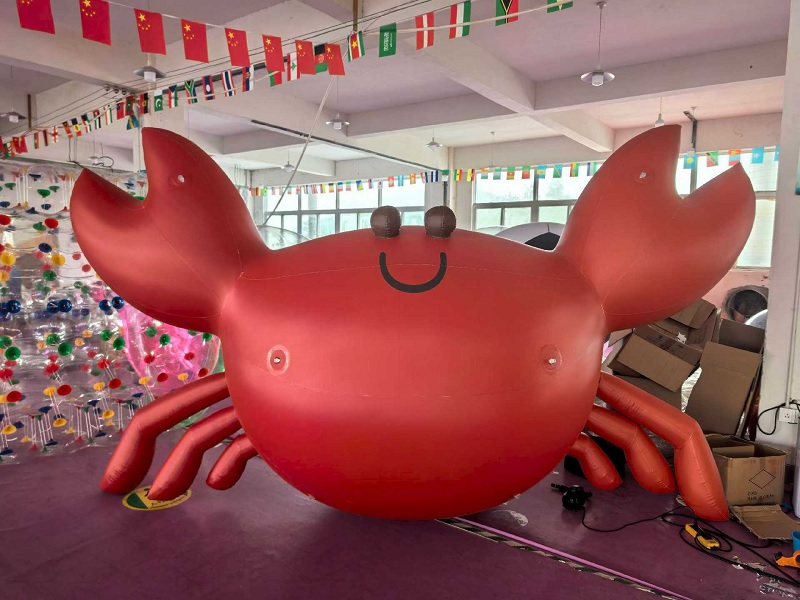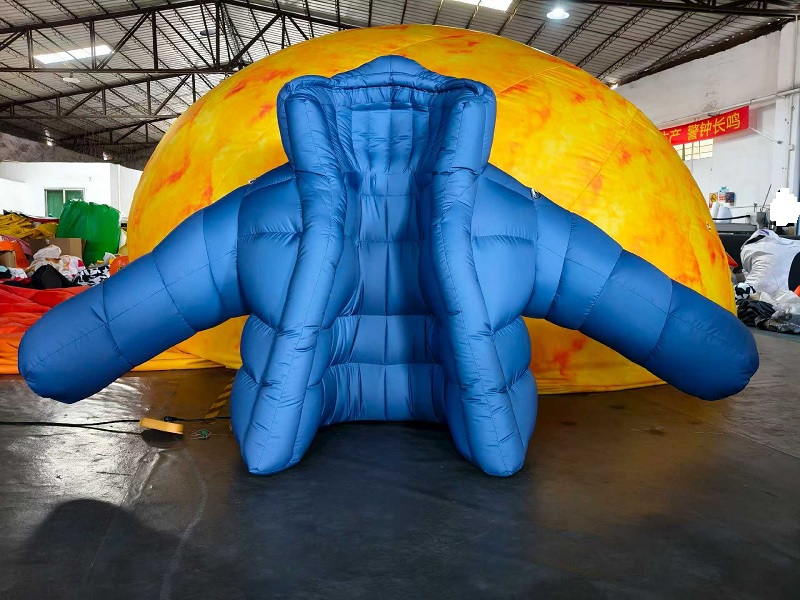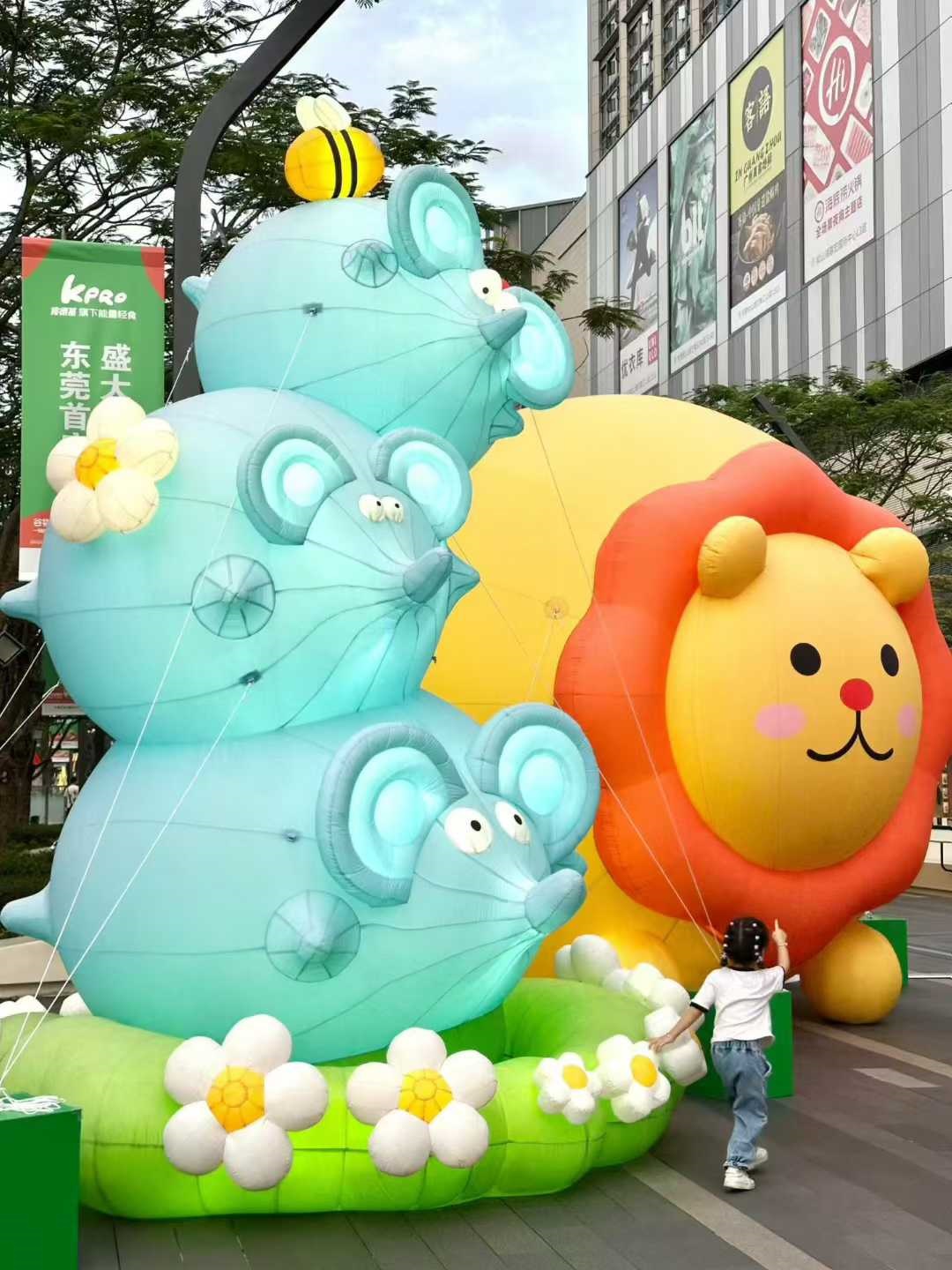An amusement park is a place full of joy and surprises, as well as an industry full of challenges and opportunities. As an investor and operator of an amusement park, have you ever wondered how to make your park more outstanding and successful? How to make your amusement equipment safer and more professional? How to make your park more innovative and profitable? How to make your visitors more satisfied and loyal? How to make your partners more trusting and supportive?
I. Operating Principles of Amusement Parks
The operation of an amusement park is a systematic project involving multiple factors, requiring clear thinking and planning. Based on our experience and research, we believe that amusement park operations can follow these five principles:
1. Safety First : Safety is the foundation of park operations and the most basic need of visitors. Parks must ensure the quality and performance of amusement equipment, conduct regular inspections and maintenance, and avoid malfunctions and accidents. Establish and enforce safety management systems, train and supervise staff on safety awareness and operational standards, and prevent and handle emergencies. Strengthen communication and guidance with visitors, reminding and informing them of precautions and safety measures to protect their personal and property safety.
2. Professional Excellence : Professionalism is the core of park operations and a key expectation of visitors. Parks should select and partner with professional amusement equipment suppliers to ensure the design, manufacturing, installation, debugging, and operation of equipment meet professional standards, improving quality and efficiency. Build and refine a professional operations management team, recruit and train skilled staff, and enhance service levels and effectiveness. Learn from professional operational experiences and case studies to continuously improve capabilities.
3. Innovation is King : Innovation is the soul of park operations and a primary demand of visitors. Parks should stay attuned to industry trends and changes, introduce and develop new amusement equipment and projects to meet evolving visitor preferences. Combine the park’s location, cultural background, and thematic style to create unique scenes and experiences that captivate visitors. Leverage new technologies and methods to enrich and enhance the functionality and appeal of equipment, delivering value and meaning.
4. Profit-Oriented : Profitability is the goal of operations and a fair exchange for visitor enjoyment. Parks should set and implement reasonable pricing standards and strategies, adjusting ticket prices and discounts based on equipment type, scale, popularity, and costs to balance income and expenses. Develop diversified revenue streams, such as food and beverage, accommodation, retail, entertainment, and advertising, to increase added value and returns. Ensure visitors feel they receive value for money, encouraging repeat visits and word-of-mouth promotion.
5. Win-Win Collaboration : Partnerships are the backbone of operations and indirectly benefit visitors. Parks should establish and maintain strong relationships with equipment suppliers, designers, management consultants, and marketing experts to jointly address operational challenges and share resources and opportunities. Engage in industry exchanges and collaborations with other parks, associations, and media to drive industry progress, enhance brand reputation, and better serve the market.

II. Operational Methods for Amusement Parks
While the operating principles guide and standardize park operations, translating them into practice requires specific methods and steps. Based on our research, we categorize these methods into five areas:
1. Equipment Selection and Layout : Amusement equipment is the core asset and main attraction of a park. Choose equipment that aligns with the park’s positioning and goals, considering type, scale, style, theme, functionality, safety, cost, and benefits. Partner with qualified and reputable suppliers, sign comprehensive procurement contracts, and ensure quality and performance. Arrange equipment logically and creatively, considering distribution, grouping, visitor flow, visuals, and atmosphere to create engaging and comfortable experiences.
2. Marketing and Promotion : Marketing is a key tool for competitiveness. Develop and execute effective strategies based on the park’s strengths, targeting the right market, audience, and positioning. Utilize channels like the internet, social media, advertising, events, and word-of-mouth to convey compelling messages about the park’s brand, image, story, and value. Attract and retain visitor interest, driving footfall and spending.
3. Service and Management : Service is a fundamental responsibility. Establish a robust service management system, defining standards, processes, quality, and outcomes. Hire and train competent staff, implement service protocols, and ensure safety, comfort, convenience, and satisfaction. Collect and address visitor feedback to continuously improve.
4. Maintenance and Updates : Regular maintenance ensures sustainable development. Create and execute maintenance plans and budgets, covering cycles, scope, methods, and results. Inspect, clean, repair, and replace facilities, equipment, and environments to ensure smooth operations and minimize downtime. Update the park periodically to stay fresh and appealing, adapting to market trends and visitor demands.
5. Analysis and Evaluation : Data-driven insights enable effective improvements. Develop analytical frameworks to assess operational performance, such as visitor numbers, satisfaction, equipment usage, and financials. Identify and resolve issues, implement optimizations, and enhance overall efficiency.
III. Operational Performance Metrics
To validate the effectiveness of operational methods, measure performance across five dimensions:
1. Safety Metrics : Equipment failure rate, maintenance frequency, accident rate, safety complaints, and visitor satisfaction. Lower values indicate higher safety.
2. Professional Metrics : Equipment quality, performance, management and service levels, and visitor satisfaction. Higher values reflect greater professionalism.
3. Innovation Metrics : Equipment novelty, functionality, thematic appeal, visitor experience, and satisfaction. Higher scores denote stronger innovation.
4. Profitability Metrics : Revenue, expenses, profit, ROI, and satisfaction. Higher figures signal better financial health.
5. Collaboration Metrics : Partner quantity, quality, relationships, outcomes, and satisfaction. Higher levels indicate more robust support.
IV. Conclusion
Amusement park operations are complex yet fascinating, requiring comprehensive and detailed planning. This guide has outlined principles, methods, and performance metrics to help elevate your park’s safety, professionalism, innovation, profitability, and partnerships—positioning it as an industry leader.
However, this is not exhaustive. Operational success depends on adapting to your unique context, continuous learning, and relentless improvement. By refining strategies and embracing innovation, your park can achieve optimal performance and lasting success.
Contact US Catalogue Information
008613539990461 inflatable@bubble-wish.com Water Products Contact Us Terms&Conditions
Open 09:00 am - 06:00 pm / mon - Fri Land Products Blog&News Cookie Policy
Copyright © Bubble Wish 2023-2025 Privacy policy Return Policy





